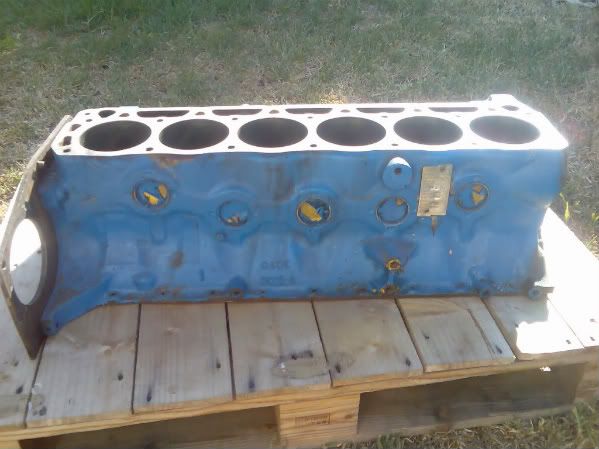4Litre_SiX
New member
Just wondering if the crank and rods are the same in a 170 engine regardless of it its a "narrow" or "wide" block?
4Litre_SiX":1n5gzvxh said:Just wondering if the crank and rods are the same in a 170 engine regardless of it its a "narrow" or "wide" block?
4Litre_SiX":2ptiq1cm said:Thanks for that. I thought they would be the same. I have been offered a 170 "wide" engine in parts and I am thinking of using the crank, rods and maybe the pistons in my 144. Im pulling the 44 out due to an intermittent knock.
 Oh, i get it now, putting the Aussie XP 170 engine (1965) into your earlier 144 equiped XK/XL/XM Falcon (1960-1964).
Oh, i get it now, putting the Aussie XP 170 engine (1965) into your earlier 144 equiped XK/XL/XM Falcon (1960-1964). 





